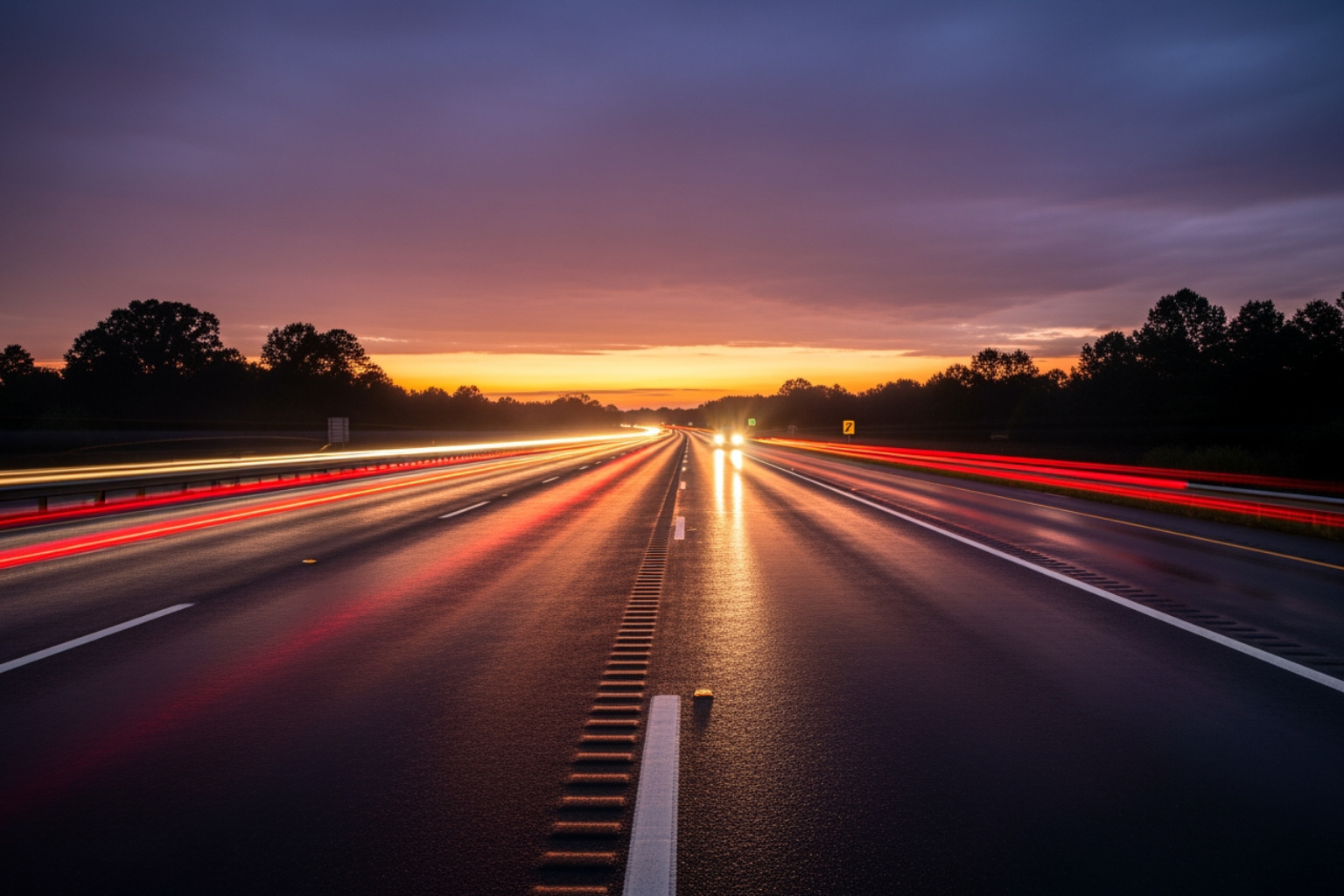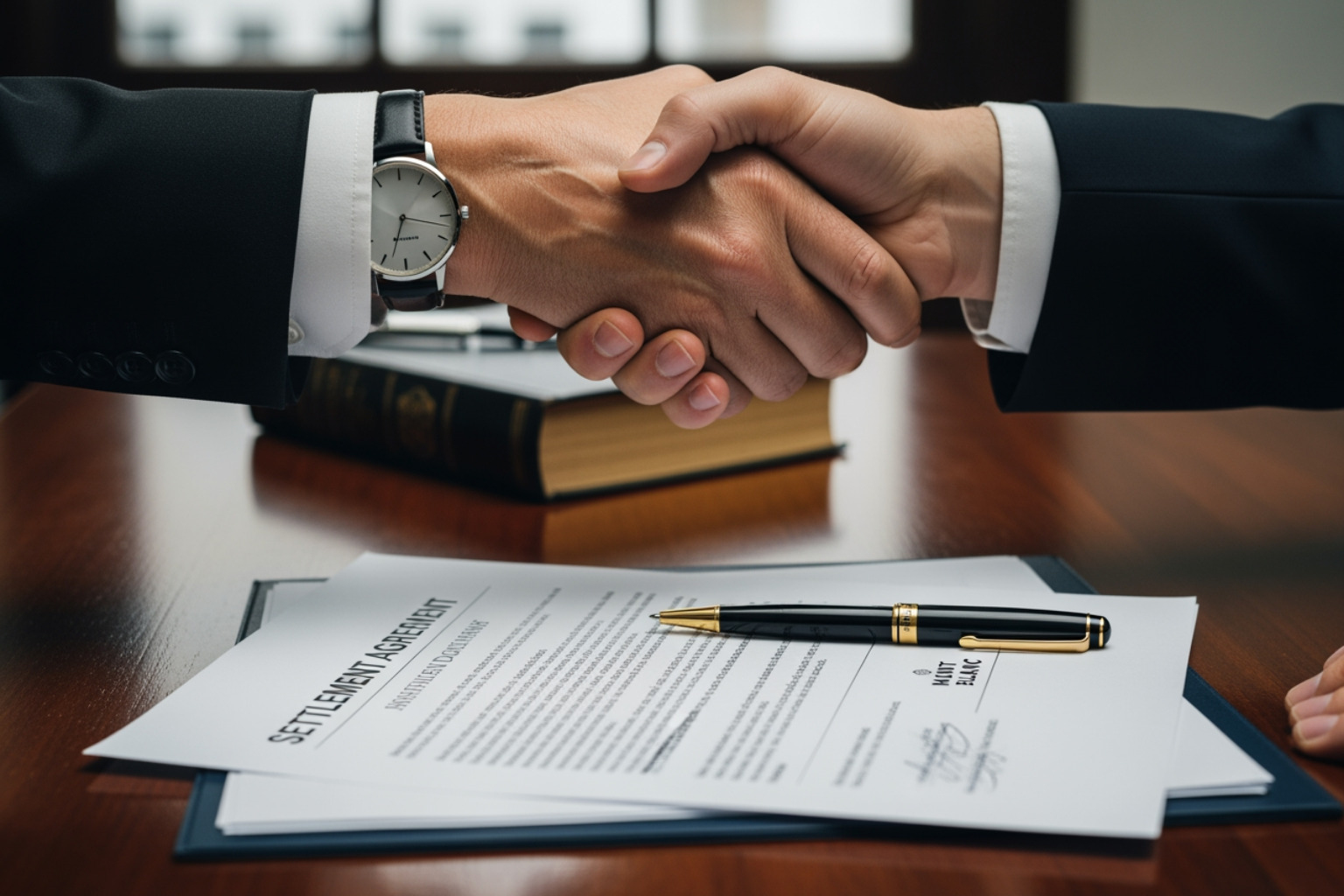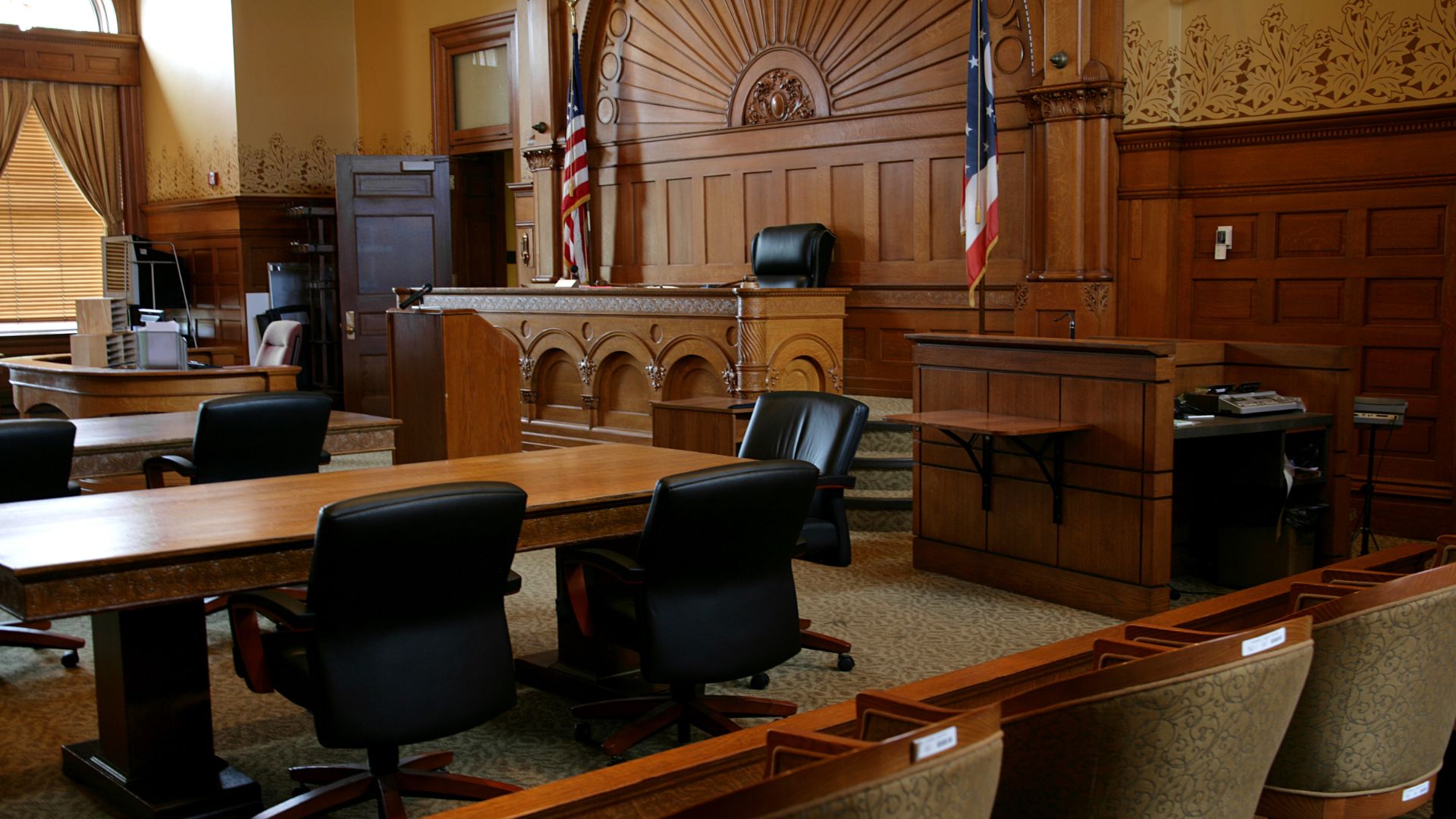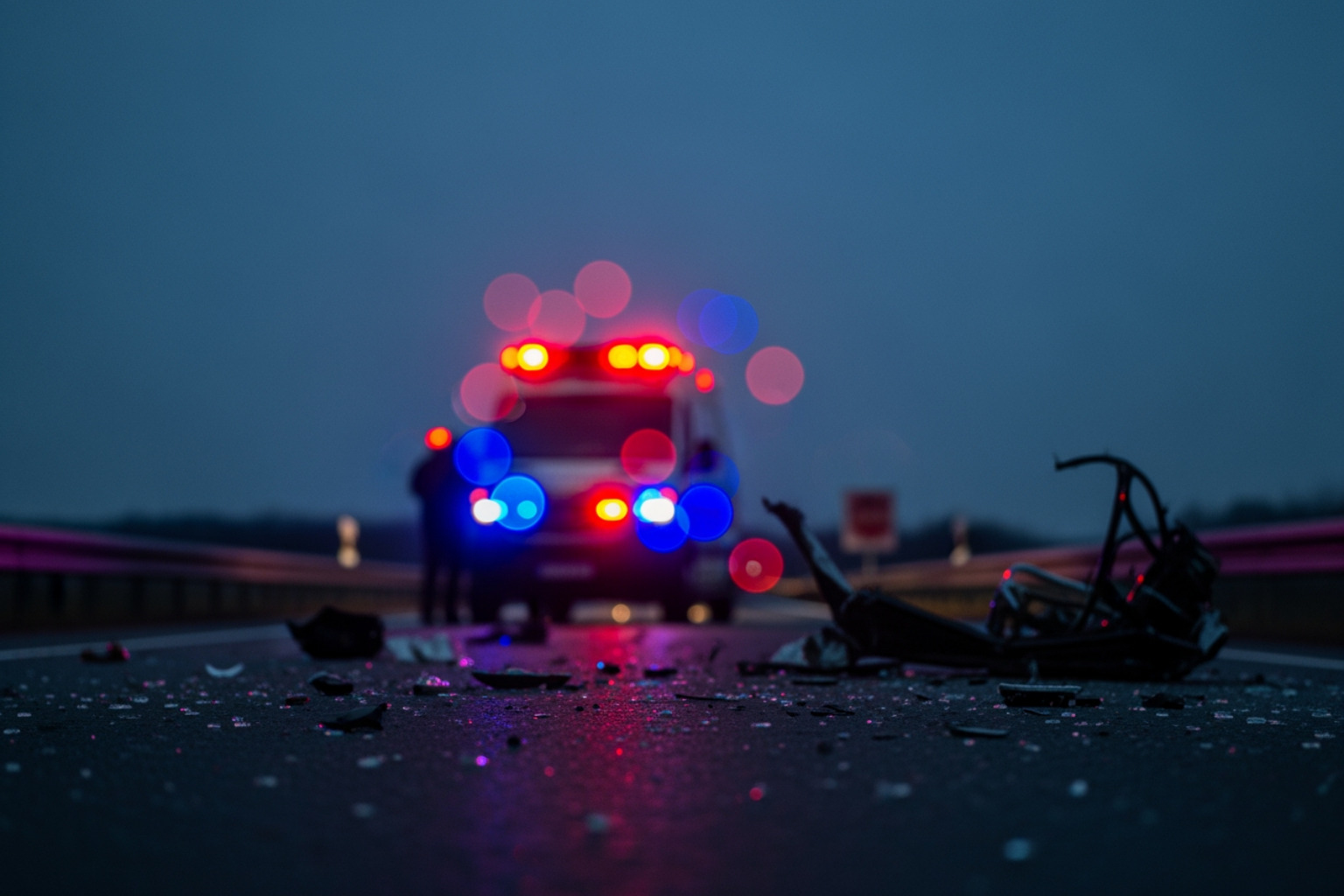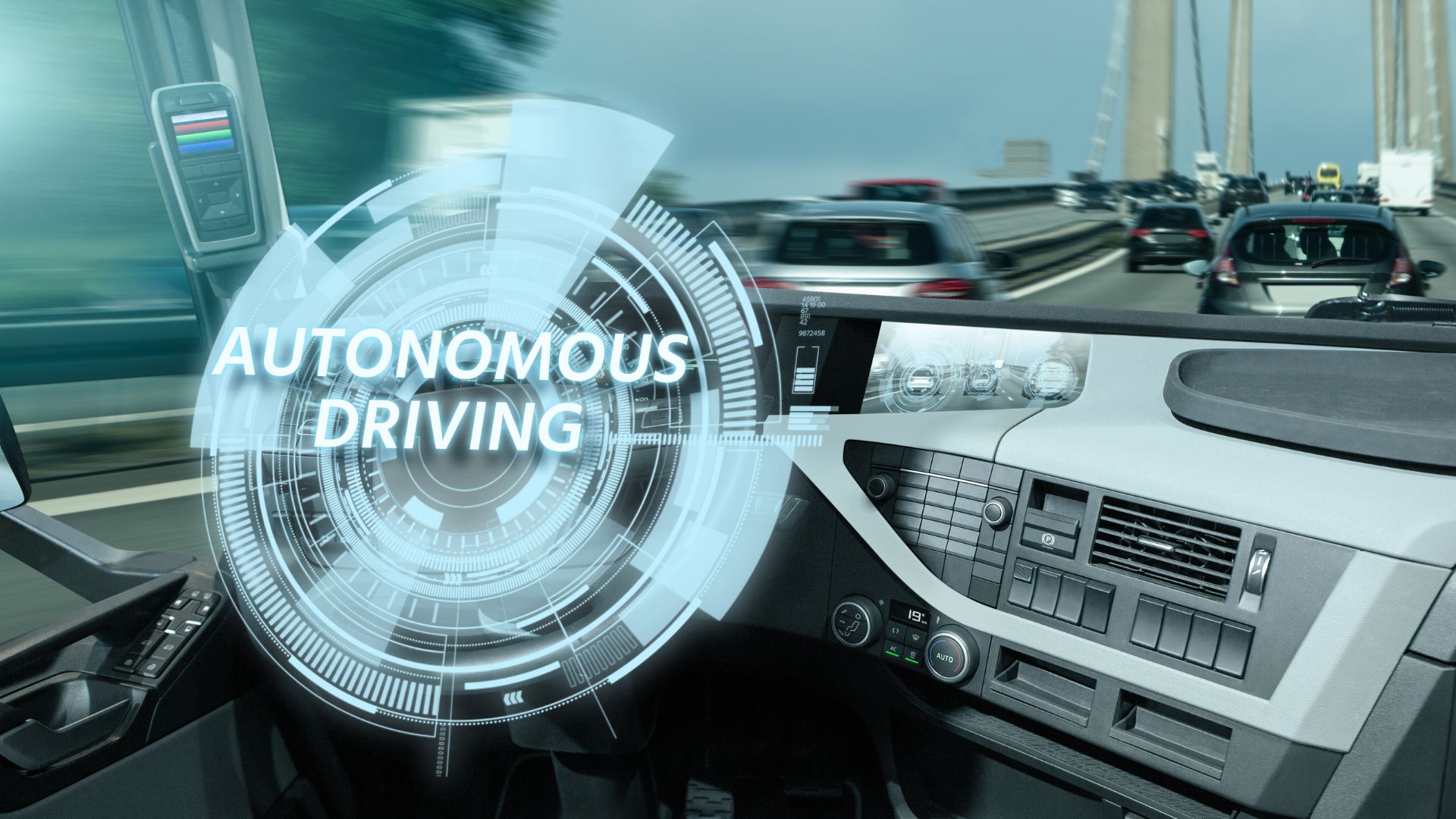A self-driving car accident is not the same as a standard car wreck.
Both can cause devastating injuries, but what happens next in the courtroom is completely different. When autonomous technology fails, the question of who is responsible becomes far more complicated — and the legal fight much tougher.
You may not just be dealing with a careless driver. You could be facing a billion-dollar manufacturer that designed or sold the technology that caused the crash. That is the heart of a self-driving car accident vs car wreck case.
The Rise of Self-Driving Technology
A decade ago, fully autonomous cars sounded like science fiction. Today, they are testing and operating in major cities across the country and logging millions of miles on public roads.
Companies such as Tesla, Waymo, Cruise, Aurora, Zoox, Motional, Ford, General Motors, and Mercedes-Benz have poured billions of dollars into developing self-driving systems. These vehicles rely on a mix of sensors, radar, LiDAR, GPS, and artificial intelligence to read traffic, recognize obstacles, and make real-time driving decisions.
Tesla leads the consumer market with its Autopilot and Full Self-Driving systems, which still require a human driver to monitor the road. Waymo, backed by Google’s parent company, Alphabet, operates driverless taxis in Arizona and California. Cruise, owned by General Motors, runs similar test fleets in several U.S. cities. Ford and Mercedes are developing advanced “hands-free” driving features for their newer models.
What was once futuristic is now everyday reality. Thousands of partially automated vehicles share the same highways as Georgia families. These systems promise safety, but when they fail, the question becomes who is responsible — the driver, the designer, or the company behind the code.
Standard Car Wreck Lawsuits: The Human Factor
A traditional wreck starts with a simple truth. A human made a mistake. A driver might have been distracted, speeding, or ignoring traffic laws. That is negligence — the failure to use reasonable care.
In a standard car wreck lawsuit, the injured person sues the driver who caused the crash. The evidence usually includes witness statements, police reports, photos, and traffic footage. The case focuses on what the driver did wrong and how that led to harm.
It is a straightforward fight. The story centers on human behavior and poor judgment behind the wheel.
Self-Driving Car Accidents: When Machines Take Over
A self-driving car accident lawsuit looks completely different. The focus shifts from the driver’s conduct to the car’s performance. When a machine is making decisions, a malfunction or design flaw can turn deadly.
These cases often fall under product liability law. That means you are arguing that the car, its sensors, or its software were unsafe and that the defect caused the crash. The evidence is far more technical. Lawyers and experts examine system logs, sensor data, and decision records to see what the car “saw” and how it “decided” to act.
Common issues include:
- Software bugs that caused the vehicle to misread traffic conditions
- Sensors or cameras that failed to detect pedestrians or other vehicles
- Poor system warnings that misled the driver about what the car could do
When these failures cause harm, the blame often belongs to the company that designed or sold the system, not just the driver sitting behind the wheel.
Why These Lawsuits Are More Complex
A case against a self-driving car manufacturer requires a different level of preparation. You are dealing with global corporations that protect their data and technology with layers of secrecy. The discovery process often involves demanding access to proprietary software, internal testing documents, and design records.
Expert witnesses are essential. Engineers, programmers, and accident reconstruction specialists help explain what went wrong and why. It takes both technical skill and trial experience to translate that evidence into a clear story for a jury.
Unlike a typical wreck where insurance coverage limits the fight, these cases can expand into national litigation. One successful verdict can expose design flaws that affect thousands of vehicles.
For a full overview of how these cases differ — and what makes them far more complex — visit our Self Driving Vehicle Accidents page. It guides you through liability, evidence, and the legal strategies we use to take on major manufacturers.
The Stakes Are Higher
A standard car wreck lawsuit brings justice for one family.
A self-driving car accident case can change how an entire company designs its vehicles.
When technology causes injury or death, the fight is not only about compensation. It is about accountability, transparency, and forcing powerful corporations to make safer products. These cases protect every driver who shares the road with a machine.
At Cheeley Law Group, we take on both fights. We know the difference between a careless driver and a defective system. We dig into the facts, uncover the truth, and fight until justice is done.

